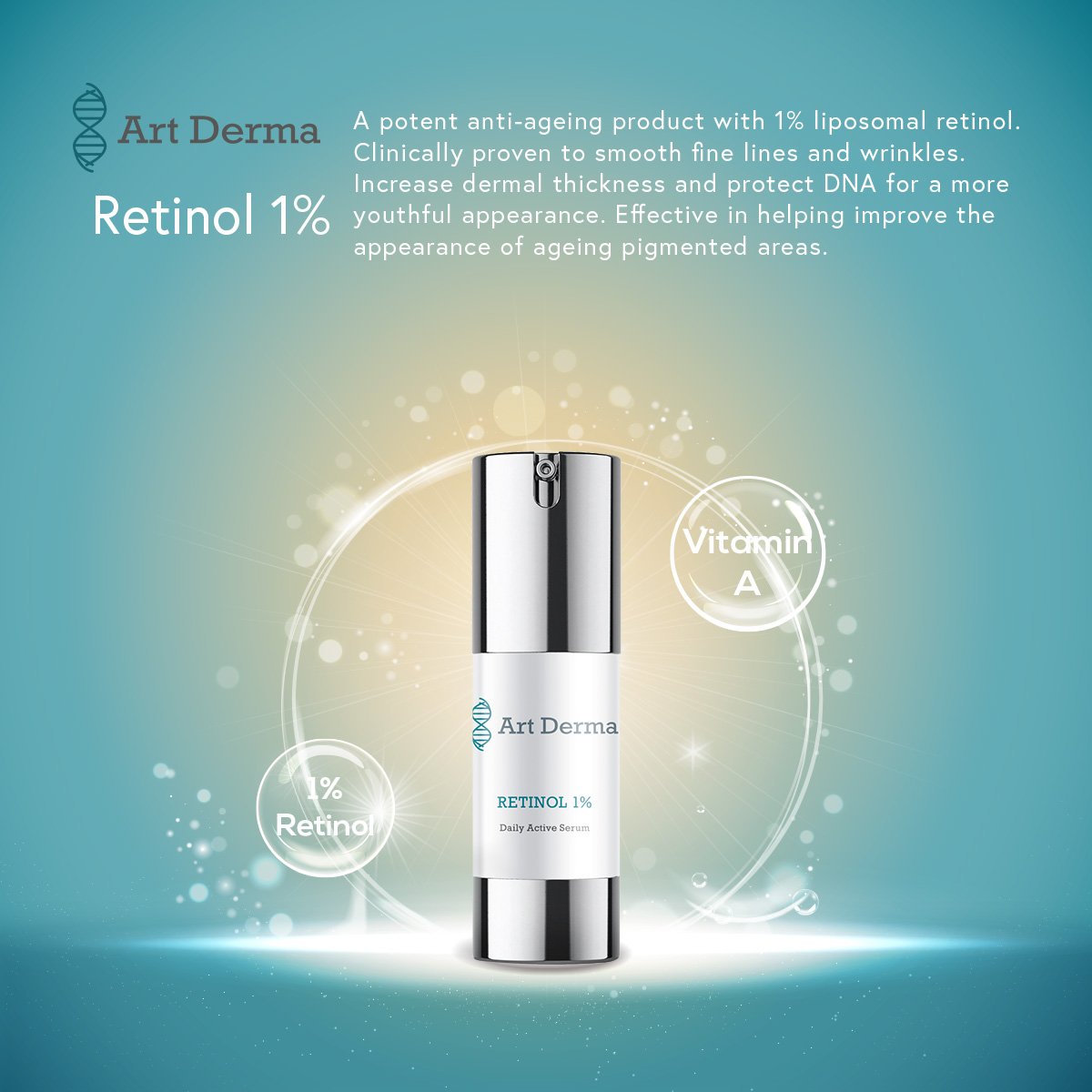Retinoids The Breakdown
Retinoids The Breakdown
The retinoids family, the name for a group of Vitamin A derivatives it is one of the most talked about ingredients on the market it comes in many variables but not all retinoids are created equal. This ingredient is used by consumers to treat a wide variety of concerns such as pigmentation, acne, and ageing.
The closer a form of retinoid is to retinoic acid the more effective it is to improve skin concerns. All results will depend on the formulation, concentration, skin type, skin condition, irritation index of the retinoid used.
Retinoic acid binds to receptors in the skin normalising cellular repair and renewal processes. The gentle retinoids used in skin care products must be converted by the enzymes in our skin before they work this happens in one two or three steps. Depending on the individual the speed in which the enzymes respond, and convert will depend on how quickly you see results on the skin.
Retinol is oxidised to form retinal.
Retinal is oxidised to generate retinoic acid which binds to retinoid receptors of skin cells, this step allows entry to the nucleus to bind with DNA. This binding biologically effects the skin.
This biological process includes:
Cell turnover and modulation
Collagen production
Stimulates blood vessels
Prevent free radical damage – protecting cell DNA
Reduce UV oxidative damage
Antioxidant effect
The Vitamin A Pathway - MORE STEPS = LESS EFFICENCY
Step 1
Retinaldehyde is the direct precursor to retinoic acid
Step 2
Retinol converts to retinaldehyde.
Retinaldehyde converts to retinoic acid.
Step 3
Retinol esters convert to retinol.
Retinol convert to retinaldehyde.
Retinaldehyde to retinoic acid
*Retinoic acid proves to be approximately 20 times more powerful than retinol
A breakdown of the retinoid Family
Retinal Esters
Gentle on the skin
Three conversion steps to retinoic acid
Weakest in the retinoid family
Good for retinoid beginners and sensitive skin types
Examples include – retinal palmitate, retinyl acetate, retinal linoleate.
Retinol
Slight irritation
Two conversion steps to retinoic acid
Better results achieved with a higher content
More visible results compared to retinal esters
Fewer side effects than retinoic acid - prescription strength, converts on a cellular level. Results visible within months.
Retinaldehyde & Hydroxy Pinacolone Retinoate (HPR)
Slight to moderate irritation
One conversion step to retinoic acid
Most effective over the counter retinoid
HPR is an ester pulled from retinaldehyde it is the lowest on the irritation index
Retinoic Acid
Irritation can occur generally more than any other OTC retinoid
Already in form -works significantly faster than retinol since no conversion in the skin needs to take place
Prescription only
Studies show improvement in acne, collagen production and density
Examples: tretinoin

